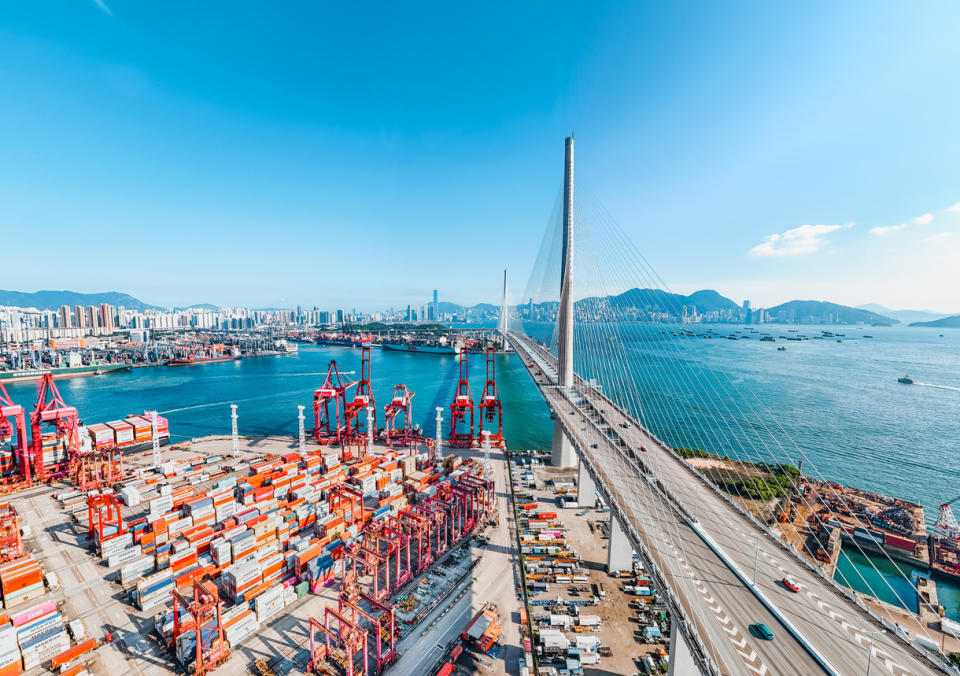Infrastructure ETFs Outperform After Key Bridge Collapse

While the tragic collapse of the Francis Scott Key Bridge hasn’t affected the U.S. stock market overall, certain pockets will feel the impact more than others as the disaster's consequences reverberate throughout the world.
In the days following the incident, the S&P 500 climbed to record highs, shrugging off the collapse of the bridge, which closed the busy Port of Baltimore, the highly traveled Interstate 695, and killed six construction workers.
Economic costs from the port closure may be $15 million per day or more, according to analysis cited by Business Insider. Still, that may not turn out to be a large hit to the economy long-term, even as the port faces an indefinite closure period: a 90-day closure would amount to $1.35 billion in economic damages, while a 180-day closure would be double that, or $2.7 billion.
Those are relatively small amounts for the nearly-$30 trillion U.S. economy. Hence, the limited impact on the broader U.S. stock market.
Where the macroeconomic impact may be felt the mosts is with inflation. Supply chain bottlenecks played a large role in driving consumer prices sharply higher in 2021 and 2022.
With inflation proving stickier than many would like, any disruption to trade that causes prices to jump would be disappointing for investors and the Fed.
That said, because these disruptions are likely to be temporary, any impact on inflation should also be short-lived.
Biggest Impact: Vehicles
Though minor for the macroeconomy, the impact of the bridge collapse may be more greatly felt in some places.
For example, Ryan Bond, wealth manager at Savvy Advisors in Westchester, Pennsylvania says that Baltimore is the largest U.S. port for vehicle trade, which means that “the auto industry will have difficulty over the coming months to deliver new inventory to dealerships.”
Bond, who is a Baltimore native, also notes that the most significant impact may be on infrastructure spending.
“I imagine that after this collapse, a review of critical infrastructure may prompt local and federal agencies to reassess risk factors of the current infrastructure and allocate resources accordingly," he said. "Many are calling for increased investments in infrastructure development and maintenance to help avoid future catastrophes."
In the period since the Francis Scott Key Bridge collapsed on the morning of March 26, the two biggest U.S.-focused infrastructure exchange-traded funds, the $7.1 billion Global X U.S. Infrastructure Development ETF (PAVE) and the $2.3 billion iShares U.S. Infrastructure ETF (IFRA) have gained around 1.5%, outperforming the S&P 500 by around 100 basis points.
On a year-to-date basis, PAVE is up 15% versus 7.4% for IFRA, and the former has doubled the performance of the latter over the past one year and five years as well.
Check out etf.com’s comparison tool to see the key attributes of the two funds side-by-side.
Also, navigate to etf.com’s infrastructure topics page for a full list of all U.S.-listed infrastructure ETFs.
